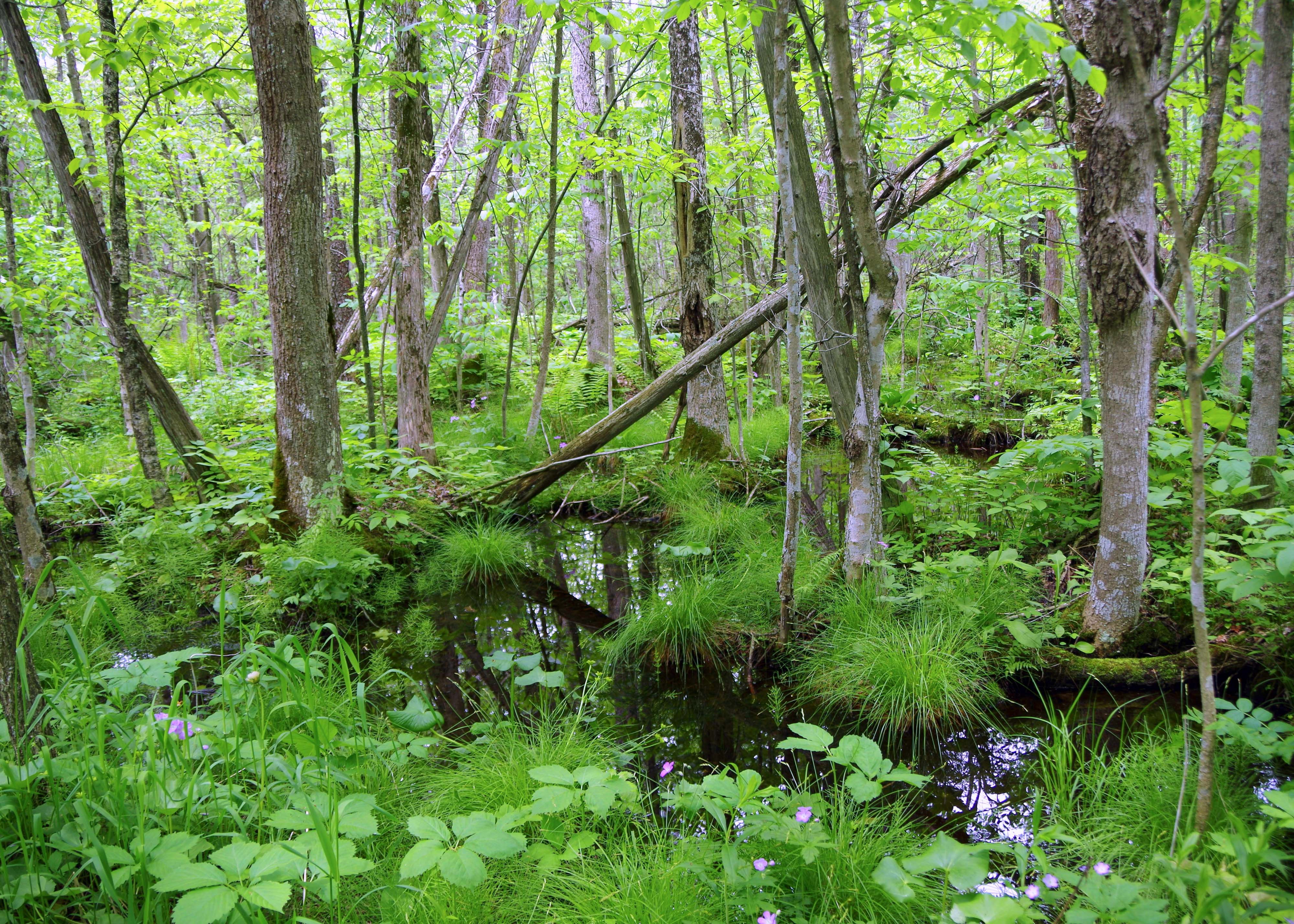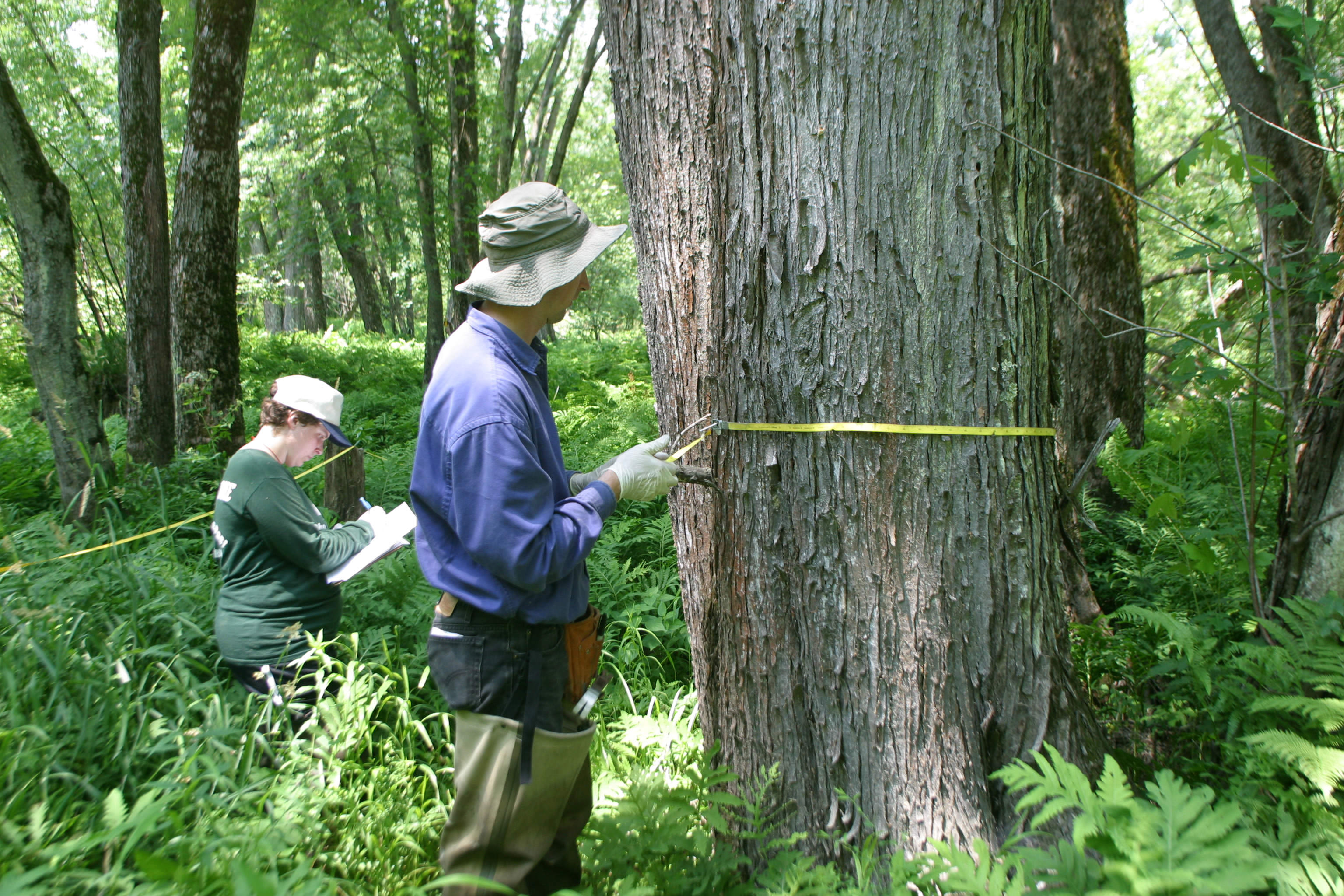Healthy floodplains provide a myriad of benefits for people and nature, from flood protection to safeguarding water quality and great wildlife habitat.
To help ensure the lasting resiliency of floodplains, The Nature Conservancy's Floodplains by Design is a science-based guide for TNC and other conservation partners. The more we keep floodplains healthy, the more we protect their myriad of benefits.

Floodplains by Design: Benefits
Flood Protection: Floodplains provide a river more room as it rises, thereby reducing pressure on manmade flood protection structures, like levees and dams.
Improved Water Quality: When inundated with water, floodplains act as natural filters, removing excess sediment and nutrients, which can degrade water quality and increase treatment costs. Degradation of water quality due to the loss of floodplain habitat can be noted along smaller rivers and at-scale at large river basins. At the largest of scales are hypoxic or “Dead” zones, which are areas in bays or gulfs where little life exists due to excess nutrients carried by rivers.
Recharged Aquifers: Outside of a river’s main channel, water flow is slowed and has more time to seep into the ground where it can replenish underground water sources (or aquifers), which serve as a primary source of water for many communities and which are critical for irrigation that grows much of the world’s crops.
Improved Wildlife Habitat: Floodplains are home to some of the most biologically rich habitats on Earth. They provide spawning grounds for fish and critical areas of rest and foraging for migrating waterfowl and birds.
Recreational Industries: Many outdoor recreational activities – like fishing, hunting, camping, hiking, wildlife watching and boating – are made possible by or greatly enhanced by the natural processes of rivers and healthy floodplains. Combined, these recreational activities account for billions of dollars in economic activity in the United States and are important sources of income for most nations around the globe.

Sustainable Agriculture: Floodplains by Design helps to keep agriculture operations out of the most flood-prone areas, provides natural buffers to streams from farm and ranch operations, and targets restoration activities at the most ecologically valuable places. It also focuses on keeping agriculture in large areas of the floodplain and helps ensure that such areas are not lost to development. This approach encourages some agriculture areas to be targeted for more flood tolerant crops, such as switchgrass for use in biofuels. These areas could occasionally serve as important flood storage and conveyance areas during the largest storm events to minimize loss of life and property in more developed areas. Offering appropriate economic incentives and compensation to the landowners for these uses will be critical to the success of such approaches.
Reduced Flood Insurance and Disaster Recovery Costs: Implementing Floodplains by Design reduces the public and private costs to subsidize flood insurance and reduce post-disaster damages. The United States annually spends an average of $3.1 billion on flood insurance premiums each year and $4 billion in crop insurance subsidies. Identifying and protecting or restoring regularly inundated areas posing the highest flood risk can reduce the consequences of flooding – loss of life, structures and crops – and reduce repetitive economic losses to society. Protecting areas of natural flood storage and conveyance also reduces costs associated with maintaining levees, floodwalls and other infrastructure.
Forestry Management and Carbon Sequestration: Floodplains by Design aims to protect and restore some of the highest value floodplain forests, including the bottomland hardwood forests of low-lying areas. These areas have high value for biodiversity and are important areas for carbon sequestration – whether in restoring previously harvested areas or protecting existing forest stocks.

